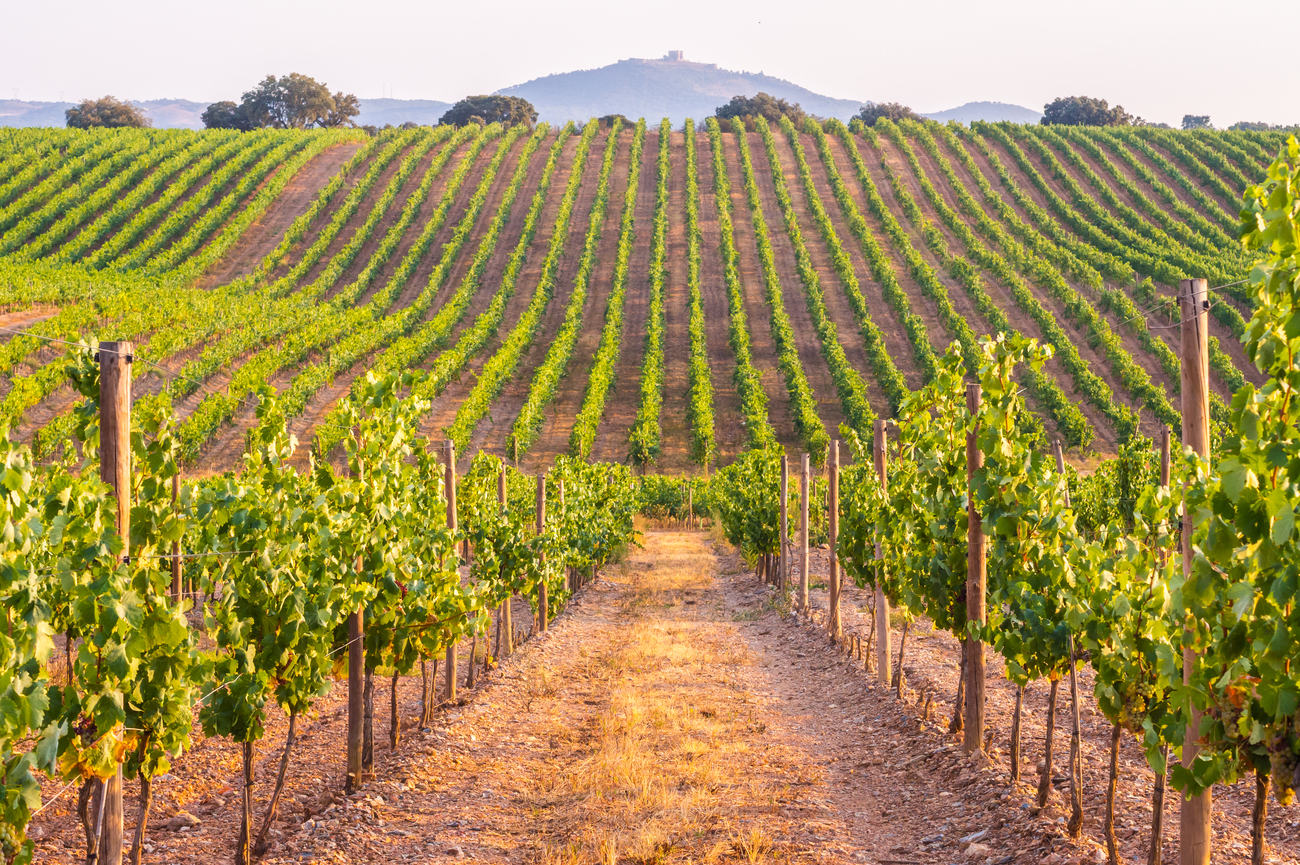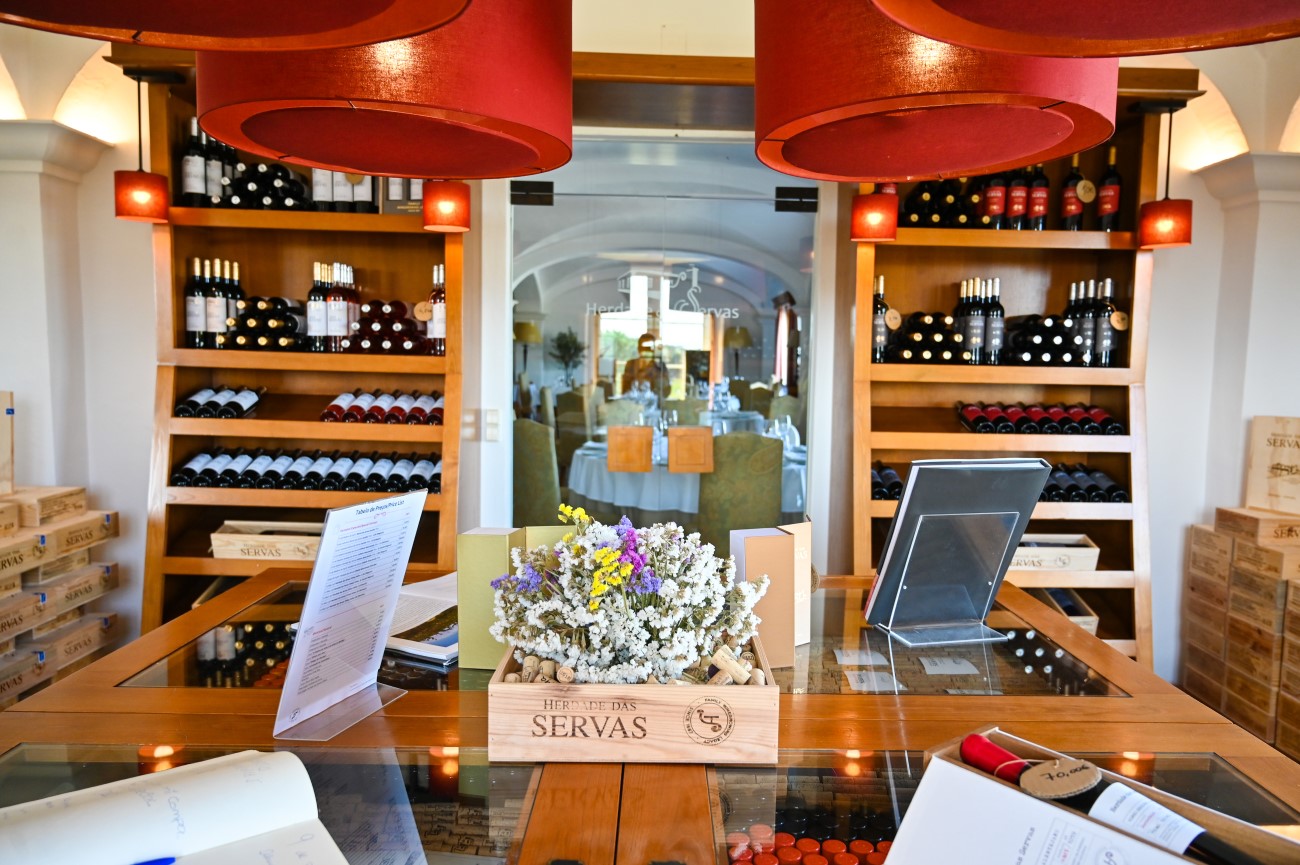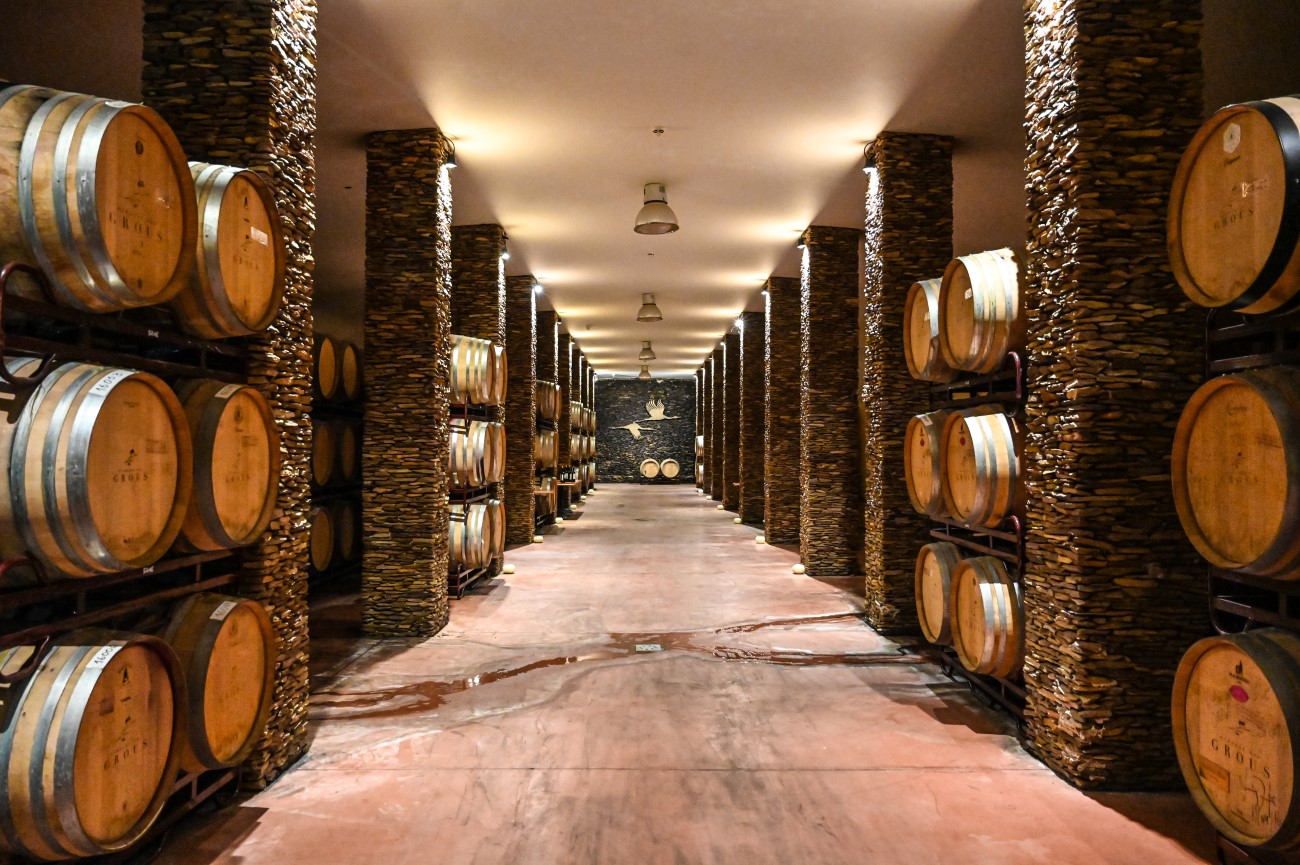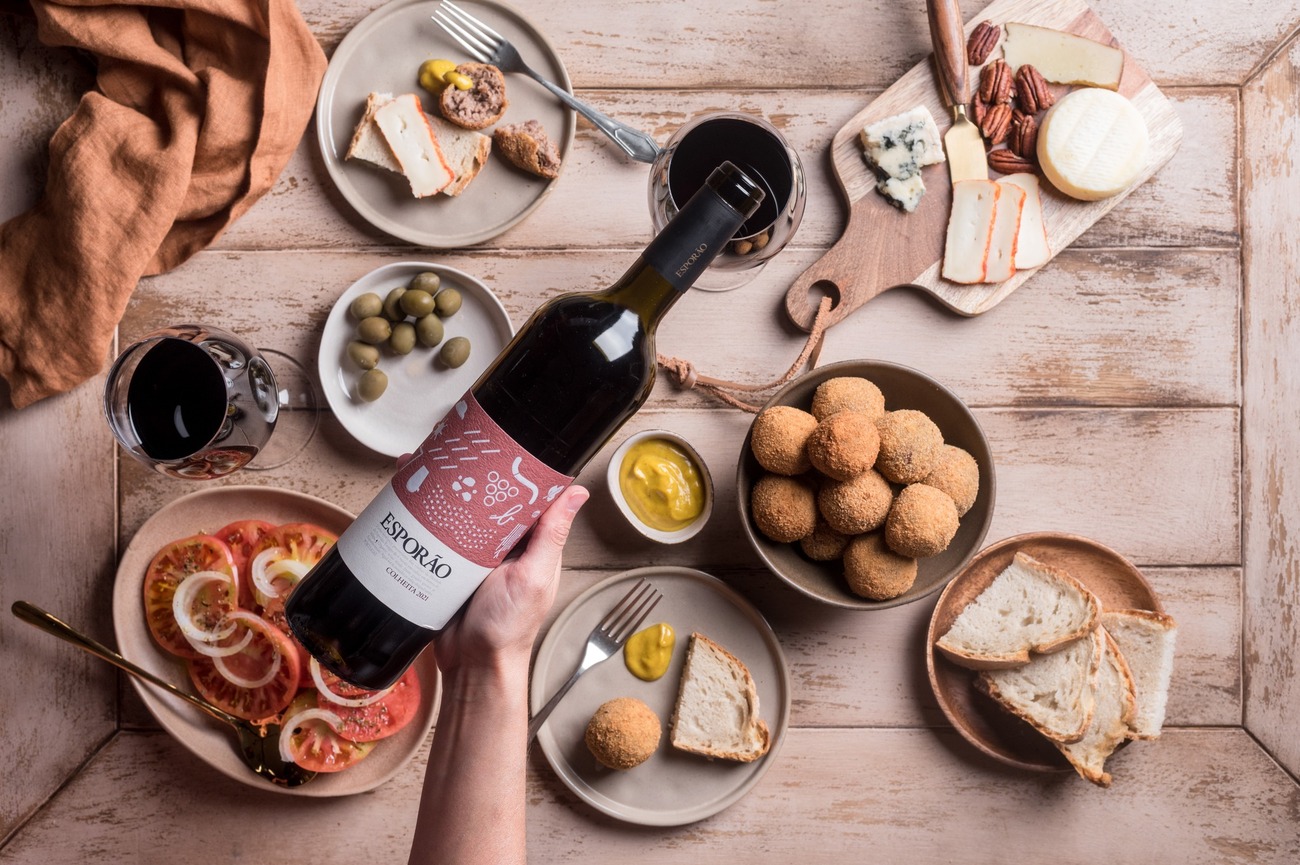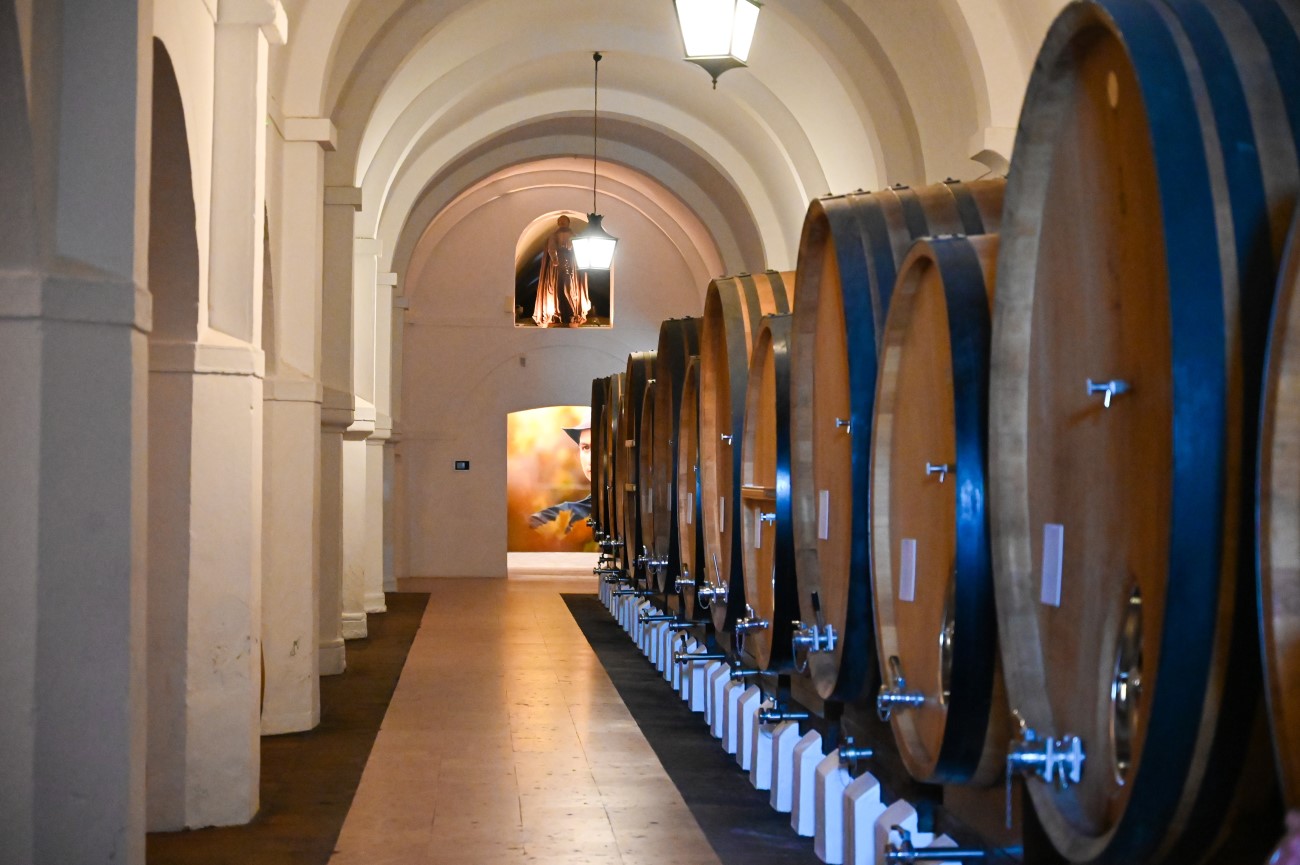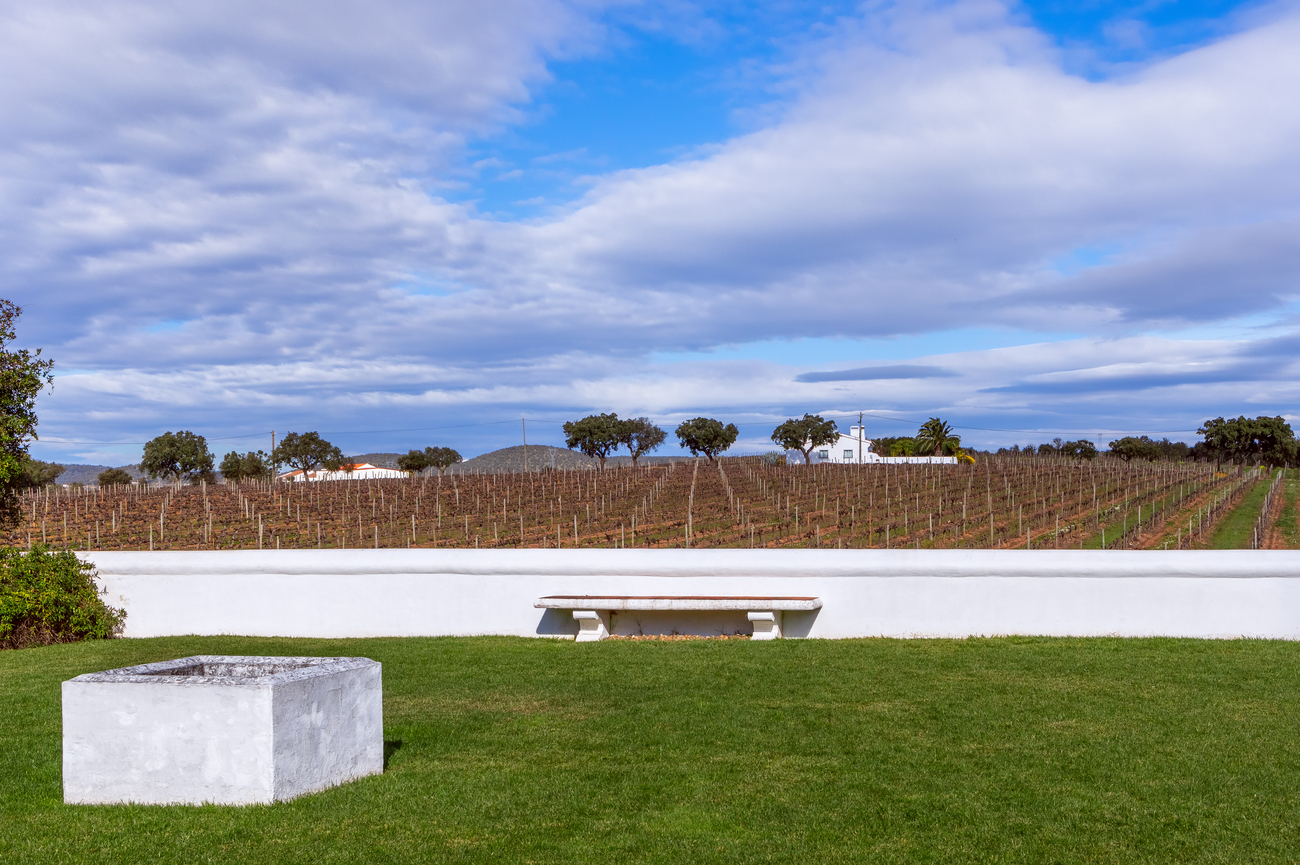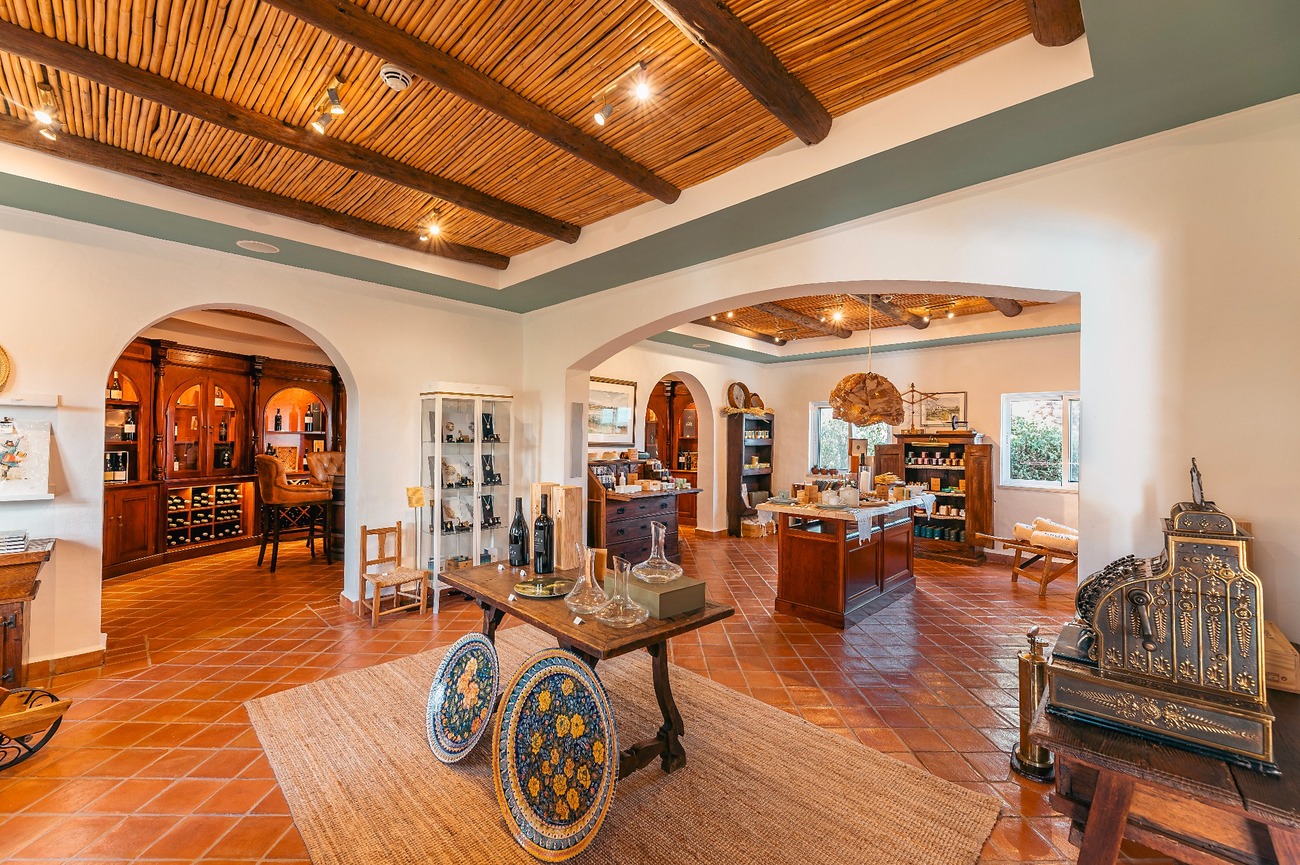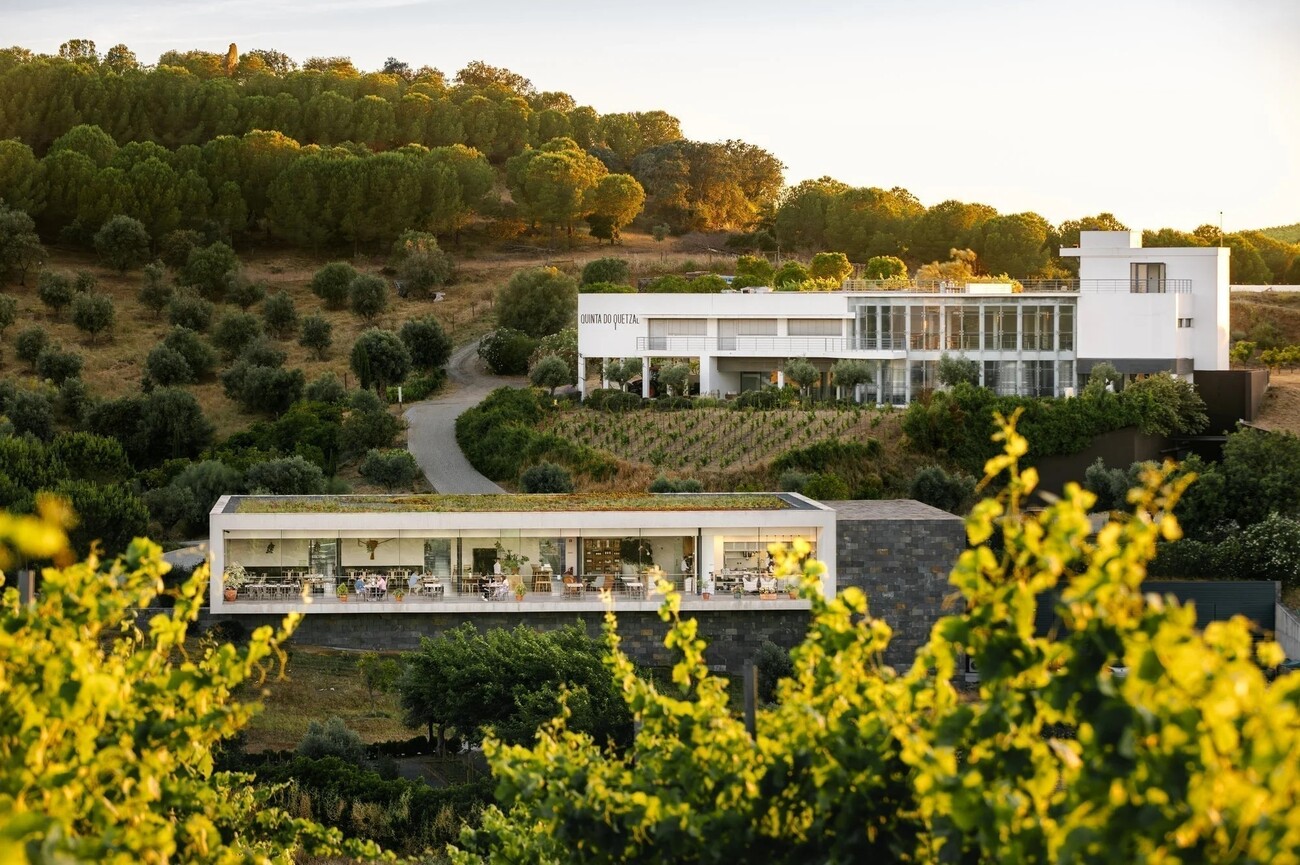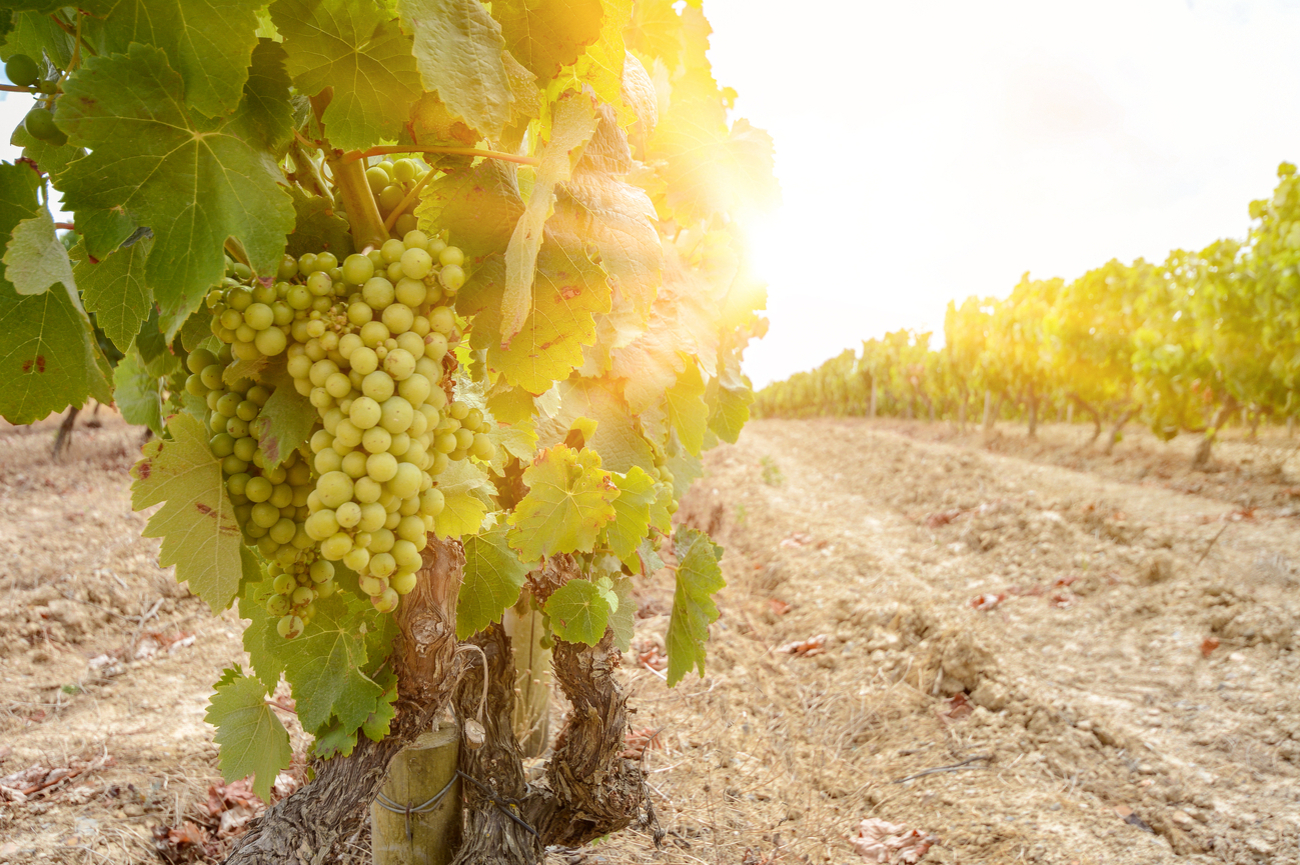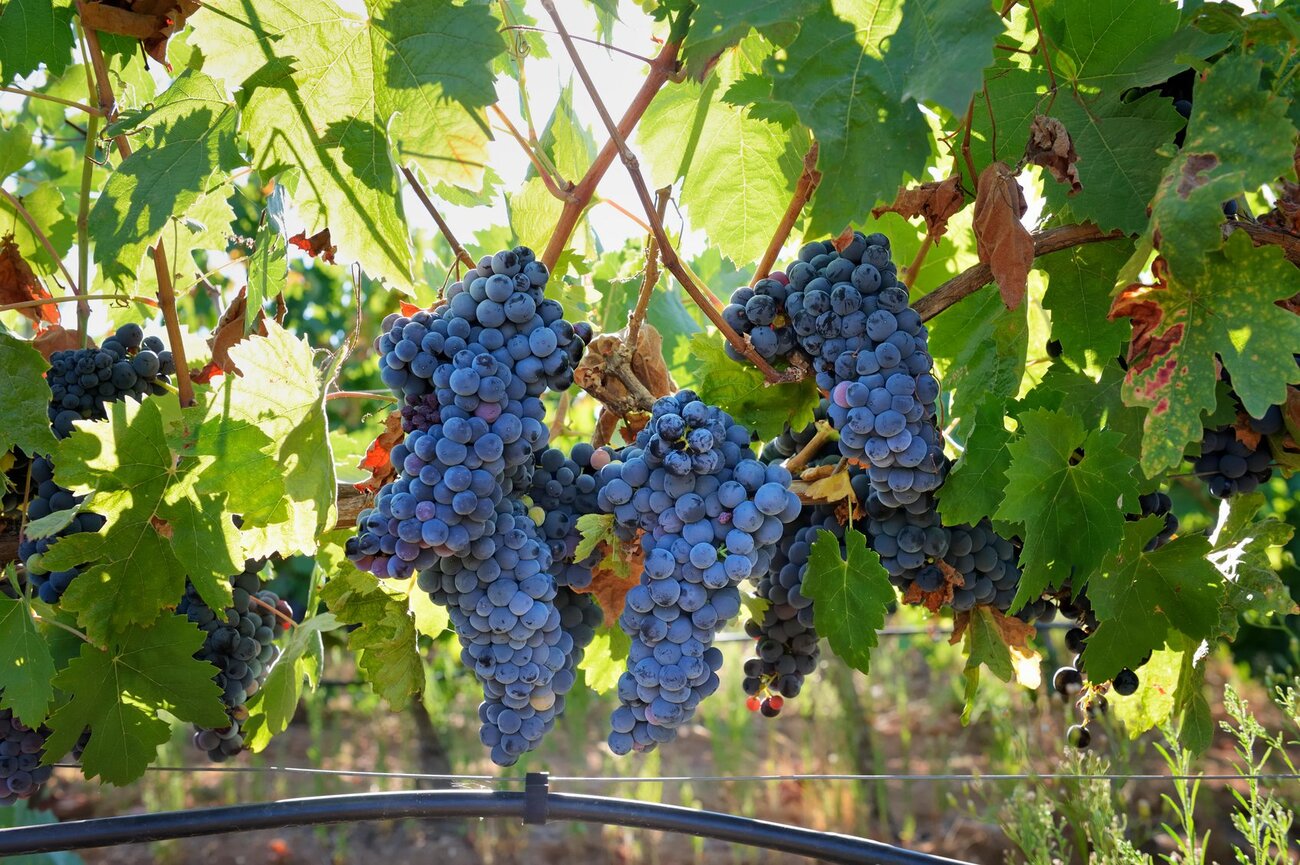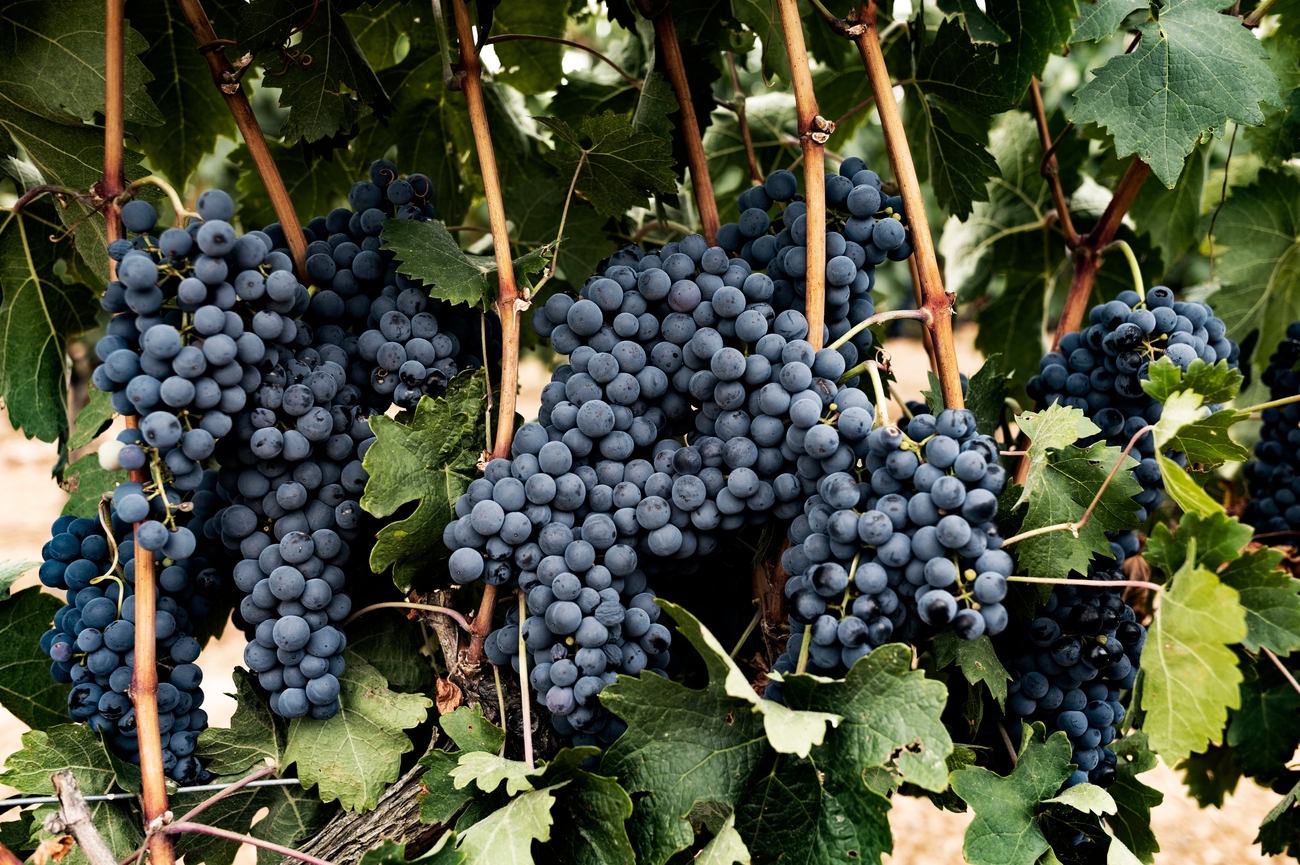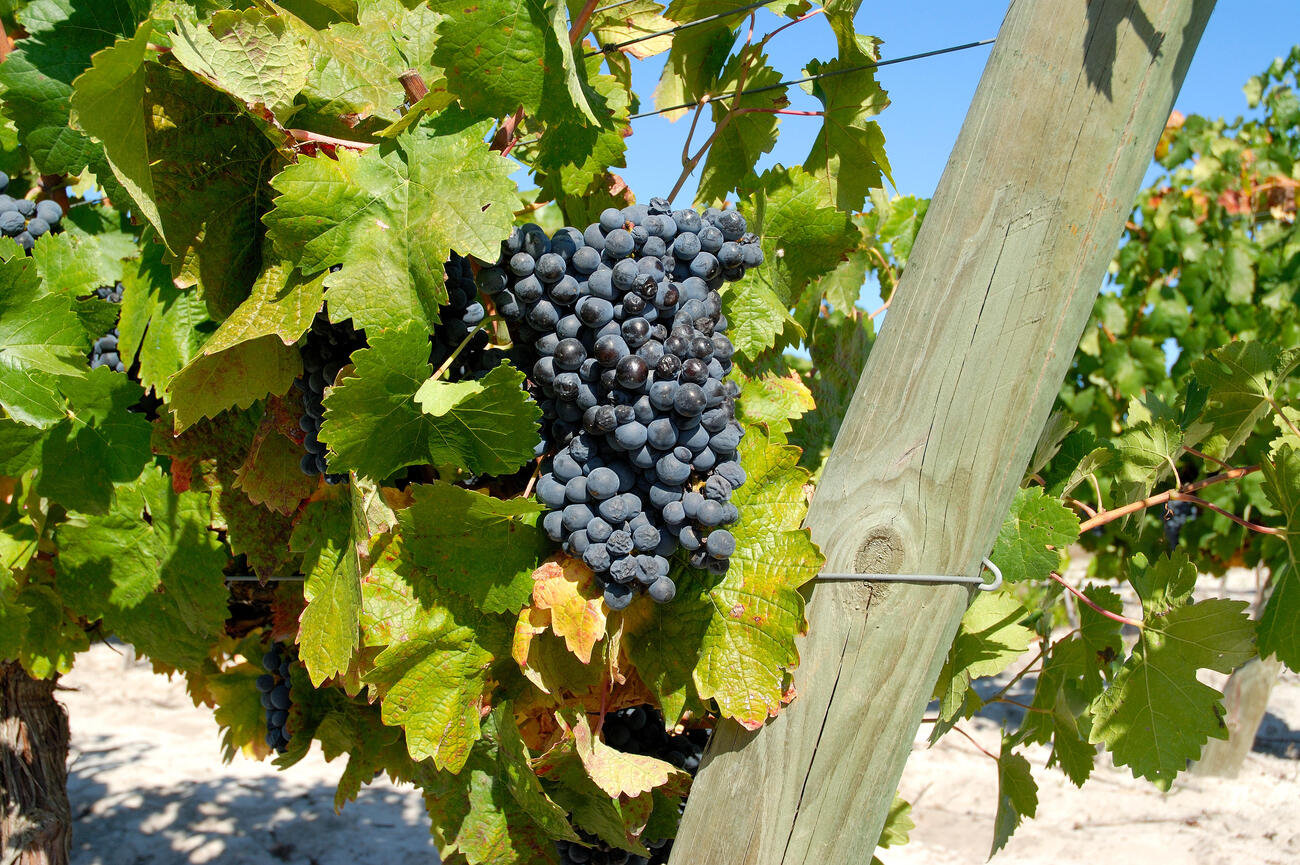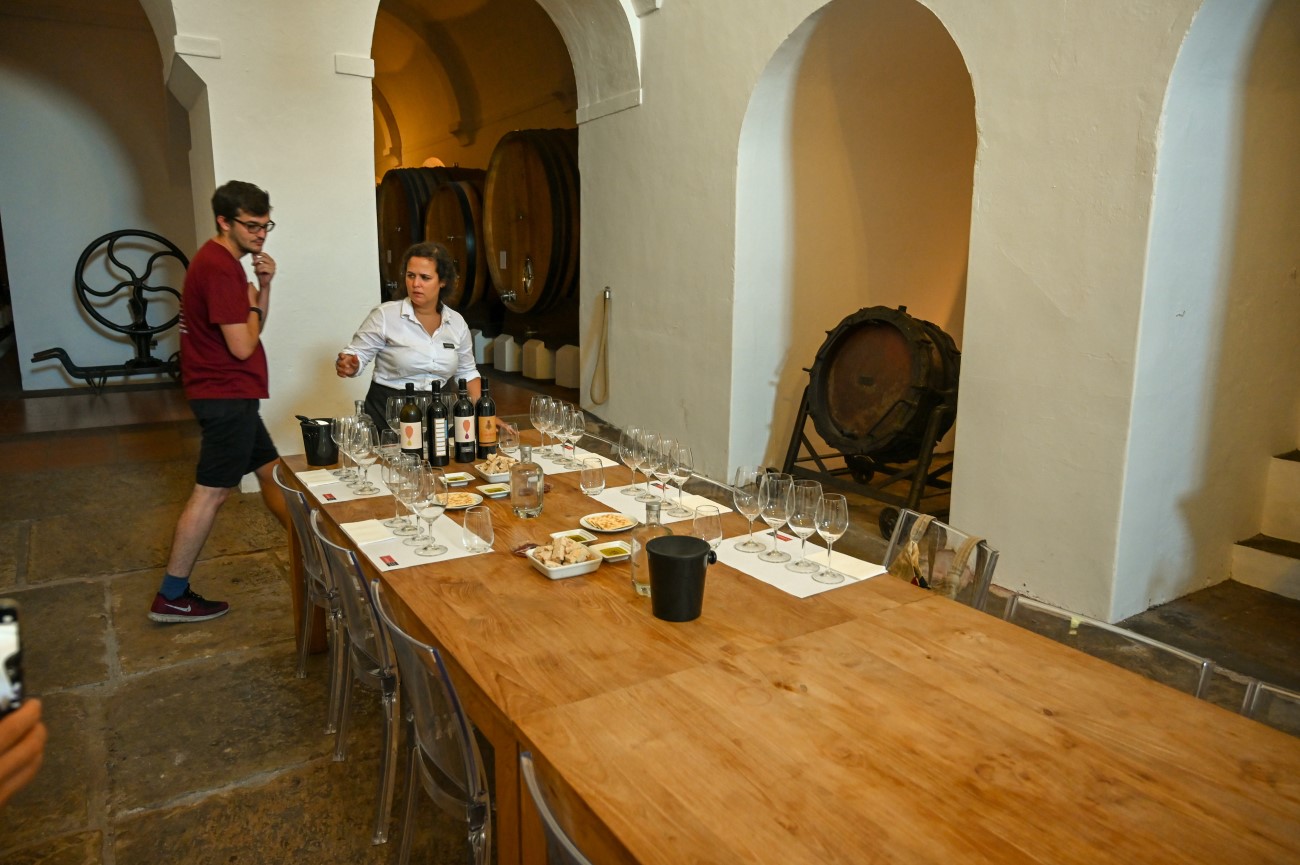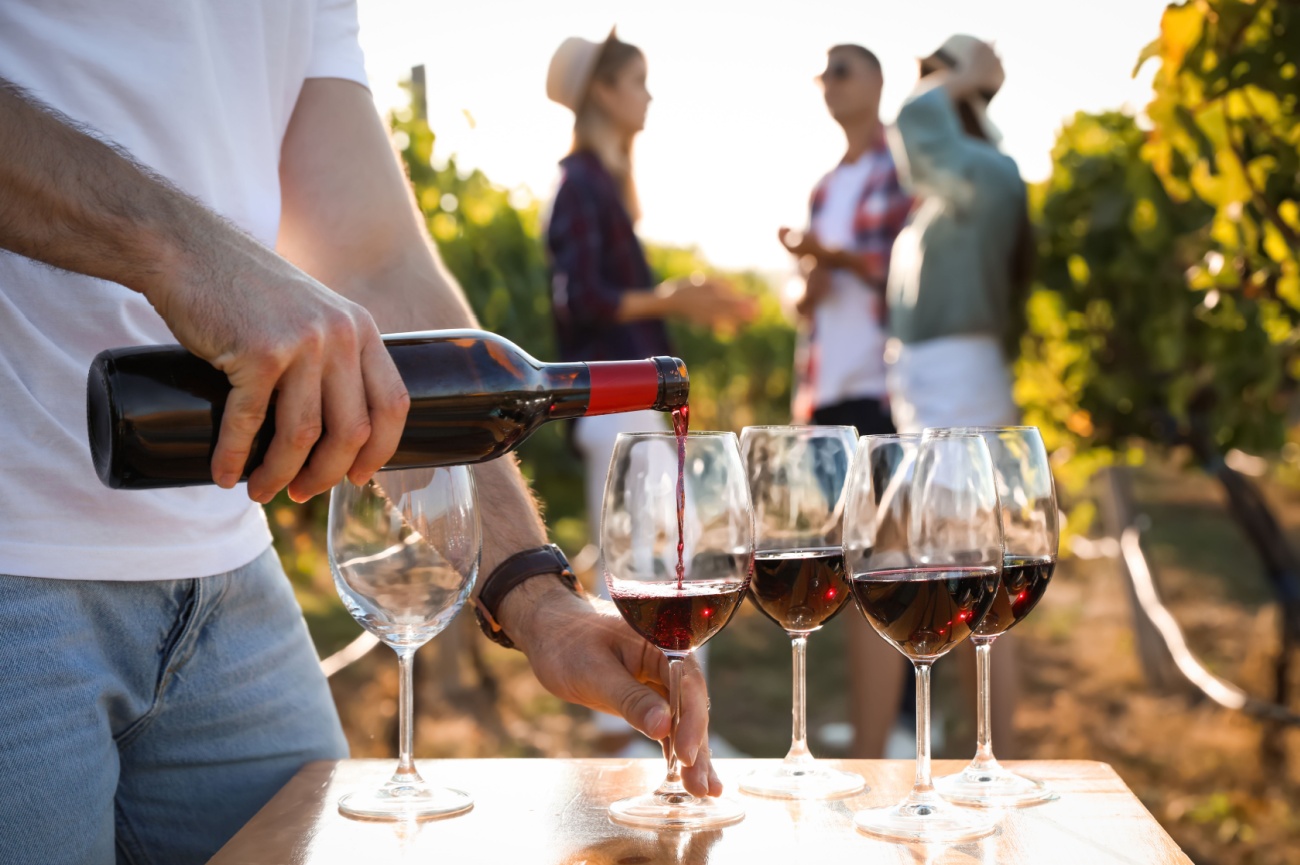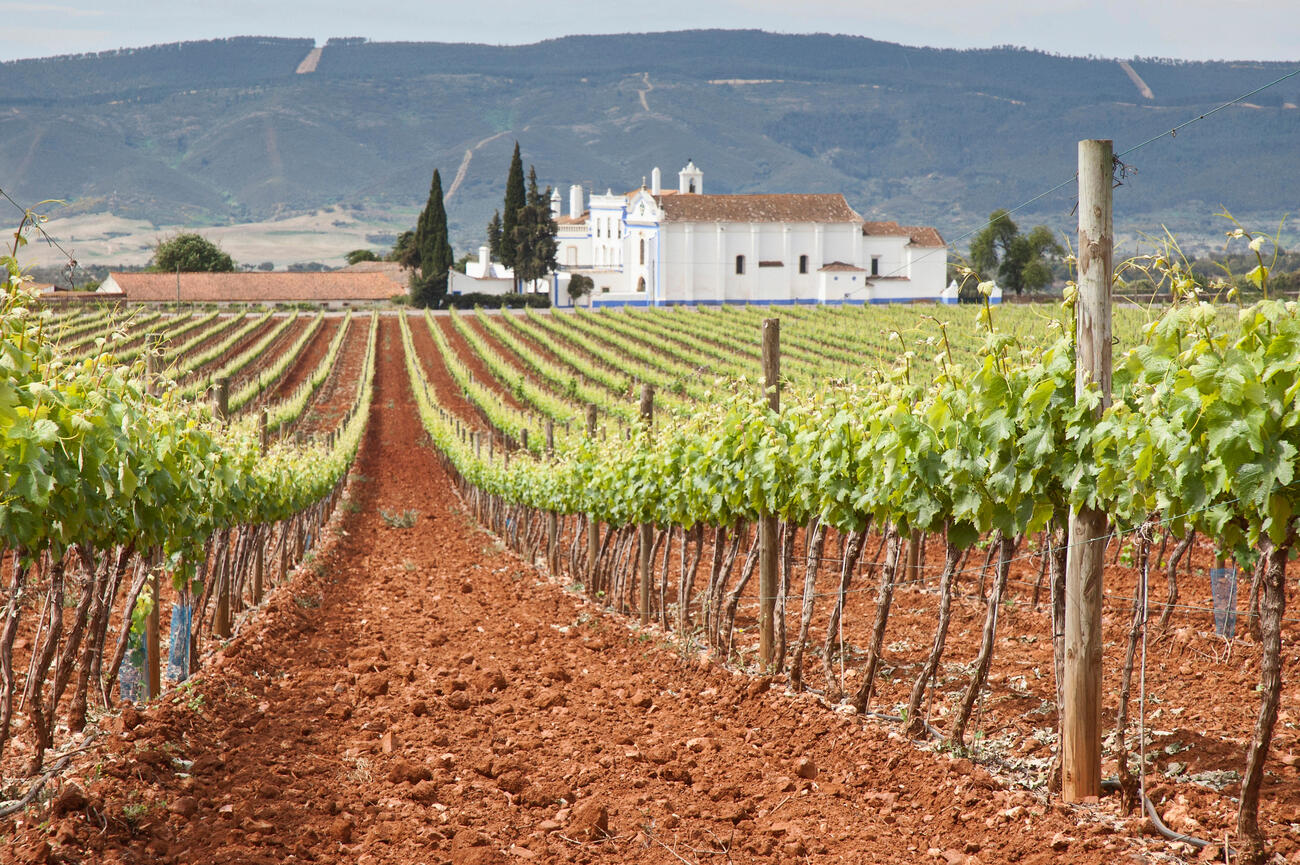A Beginner’s Guide to Portuguese Wine – Start Your Journey in Alentejo
If you're new to the world of European wines and looking for a destination that blends authentic regional flavors and luxury travel experiences that blends in centuries of winemaking tradition, then the rolling plains of Alentejo, Portugal are calling. Alentejo, just a few hours from Lisbon, is a world away from the bustling wine trails of Porto and the famed Douro Valley that offers instead a slower and more personal introduction to Portuguese wine culture.
This sun-drenched region, dotted with whitewashed villages and sprawling vineyards is quietly becoming one of Europe’s best wine regions for those seeking something more soulful than mainstream wine tourism. Compared to the more well-known paths of Bordeaux or Tuscany, Alentejo wine country remains unspoiled and remarkably welcoming. This makes it ideal for both curious beginners and discerning connoisseurs.
In this guide, we’ll explore why Alentejo is the perfect gateway into the world of Portuguese wine, from its historic wine estates and boutique wineries to the Alentejo Wine Route, an immersive trail designed for travelers who want to sip, savor, and deeply connect. So, if you’re planning your first tasting or simply dreaming of your next trip, this is where your wine journey through Portugal should begin.
A
Brief History of Portuguese Wine
The story of Portuguese wine stretches back over 4,000 years which makes it one of the oldest wine-producing cultures in Europe. Early evidence suggests that the Phoenicians introduced winemaking to the Iberian Peninsula around 1100 BC, but it was the Romans who truly expanded viticulture as they built trade routes and sophisticated winemaking systems that would root wine deeply into the daily and ceremonial life of what is now modern Portugal.
In 1756, the Douro Valley became the world’s first officially demarcated wine region which formalized Portugal’s reputation as a producer of high-quality fortified wines, especially Port wine. This move cemented Portugal’s place on the global wine stage, though much of the international spotlight remained on fortified styles for centuries. However, Portugal’s true richness lies beyond the Douro. In regions like Alentejo and Bairrada, small producers continued to work with native grape varieties that they continue to create and cultivate.
Portugal is home to over 250 native grape varieties; one of the widest arrays found anywhere in the wine world, and many of them reach their full expression in the heat and clay of Alentejo. This region, once overshadowed by the more known region like Douro, has steadily carved out its own place on the global stage. But its appeal runs deeper than reputation. Here, winemaking is as much about lineage as it is about innovation. For example, in villages like Vila de Frades, locals still ferment wine in towering clay that strictly follows traditions passed down since ancient times. Meanwhile, just a short drive away, you’ll find state-of-the-art estates producing complex, cellar-worthy blends that attract international acclaim for a reason. This is Alentejo at its core.
The Alentejo Wine Route
The Alentejo Wine Route (Rota dos Vinhos do Alentejo) is a structured trail of wineries and family-run estates. The route covers eight distinct subregions including: Borba, Évora, Granja-Amareleja, Moura, Portalegre, Redondo, Reguengos, and Vidigueira. This official route is overseen by the Comissão Vitivinícola Regional Alentejana (CVRA) which gives travelers a structured yet flexible way to explore the diversity of Alentejo terroir and its extraordinary range of native grape varieties.
What sets the Alentejo Wine Route apart is its combination of tradition and innovation because unlike more commercialized wine trails, this journey is deeply rooted in local heritage, with many wineries offering intimate tastings and opportunities to engage directly with the winemakers themselves. Imagine, you're sipping Alicante Bouschet under ancient cork trees or exploring a restored monastery turned vineyard, you’ll feel as if each stop along the route reveals a different facet of Alentejo's rich wine culture. And because the route is well signposted and thoughtfully organized; with designated wine tourism centers in places like Évora and Reguengos, it’s easy for travelers to design their own itinerary or follow a luxury wine tour for a seamless experience.
The
Alentejo Wine Route map
Must-Visit
Vineyards and Wine Experiences
In Alentejo, wine is as much a product as it’s a way of understanding the land and the rhythm of life under the southern Portuguese sun. The following wineries are immersive worlds in themselves. Each one offers a distinct expression of Alentejo’s soul, whether through historic grape varieties or thoughtful pairings that bring local flavors to life. Whether you're new to Portuguese wine or deepening a well-loved passion, these are the estates that will leave their mark on your memory and on your palate.
- Herdade do Esporão: Founded in 1267, Herdade do Esporão is a winery that eventually became a cornerstone of Alentejo’s modern wine identity. The estate is located near Reguengos de Monsaraz which spans over 1,800 hectares of certified organic vineyards and olive groves. Its cellars are an art form of their own as it is home to both state-of-the-art equipment and traditional granite lagares that bridge old and new techniques. Here, you can explore a seasonal tasting calendar and even curated vertical tastings that trace the evolution of their iconic reds. The estate’s restaurant, helmed by Chef Carlos Teixeira, holds a Michelin Green Star and showcases hyper-local Alentejan ingredients in innovative formats. Cycling paths wind through the vineyards, offering a scenic way to engage with the land between tastings.
- Adega da Cartuxa: Just outside the UNESCO city of Évora lies Adega da Cartuxa, one of Alentejo’s most historically rooted wineries. Its origins date back to the 16th-century Jesuit retreat that still stands on the property. Best known for producing Pêra-Manca, Portugal’s most collectible red wine, Cartuxa offers a structured and educational tasting environment. Inside the vaulted aging cellars, guests are guided through comparative tastings of aged vintages that are often paired with artisan cheeses and bread made from the estate’s own grains. The estate’s aesthetic leans toward solemn elegance, so think tiled walls and antique equipment preserved in museum-like detail.
- João Portugal Ramos: Located in the marble town of Estremoz, João Portugal Ramos represents the innovative spirit that propelled Alentejo into global wine prominence in the 1990s. Ramos was one of the first to reintroduce clay amphorae (talhas) as vessels for fermentation, reviving Roman-era techniques with scientific precision. Guests can observe the fermentation process in these massive clay pots, then taste the resulting wines side by side with their stainless steel-aged counterparts. The estate’s open-air terrace offers panoramic views of the Estremoz castle, while the wine bar below introduces limited-edition bottlings often unavailable in commercial markets.
- Herdade dos Grous: Tucked into the red-soil landscapes of Beja, Herdade dos Grous combines precision viticulture with a hospitality experience rooted in luxury. The 730-hectare estate is a working farm, with vines sharing space with cattle pasture and olive groves with the backdrop of a serene lake that reflects the wide Alentejan sky. Guests can book immersive vineyard walks that follow the lifecycle of Antão Vaz (Alentejo’s signature white grape) from pruning to harvest. Their wine dinners, hosted in a vaulted stone hall, feature pairings crafted by a resident sommelier in collaboration with the estate’s chef. Overnight stays are encouraged; the estate’s rooms feature floor-to-ceiling windows overlooking the vines.
- Quinta do Quetzal: In Vidigueira, a subregion famed for white wines and talha traditions, Quinta do Quetzal stands out for its fusion of cultural and oenological storytelling. The winery is also home to the Quetzal Art Center, which hosts rotating contemporary art exhibitions curated by the owners, a Dutch art collector couple. Wine tours are structured around themes like tradition or innovation, and each includes a deep dive into both winemaking philosophy and architectural design. Their Guadalupe line of wines is perfect for newcomers, while the Quetzal Família series explores barrel-aged whites and single-vineyard reds in greater depth. Tastings are often hosted by in-house enologists and take place on a terrace overlooking the Serra do Mendro.
Types
of Local Wines in Alentejo
To understand Alentejo’s wines, you must begin with its grapes; native and deeply entwined with the region’s identity. These are not global varieties trying to mimic Old World prestige. Instead, they are sun-hardened cultivars that have adapted to Alentejo’s intense summers, poor schist, limestone soils, and generations of local stewardship. Many of these grapes have been here for centuries, and their survival is a testament to the land’s resilience and the winemakers’ craft. As you explore the wines of this region, take note of these four foundational grapes. You’ll find them in blends, in amphorae, in aging barrels, and always in conversation with the land from which they came.
- Antão Vaz: Antão Vaz is often called the “backbone of Alentejo whites,” and for good reason. Indigenous to the southern subregion of Vidigueira, this grape variety has become synonymous with freshness and elegance in a region better known for heat and power. In the cellar, it yields full-bodied whites with tropical aromas like ripe pineapple and citrus peel, but often finishes with a chalky minerality that reflects Vidigueira’s limestone soils. When aged in oak, it develops creamy notes of vanilla and roasted almond which makes it a popular base for premium cuvées. Herdade do Rocim was among the first to showcase Antão Vaz in modern, single-varietal bottlings, while Herdade dos Grous pushed its freshness with stainless steel fermentation and night harvesting. Today, nearly every serious Alentejo white includes it, whether as a standalone or a dominant blend component.
- Alicante Bouschet: Alicante Bouschet didn’t originate in Portugal; it was first bred in France in the 19th century by Henri Bouschet as a cross between Petit Bouschet and Grenache. But it found its spiritual home in Alentejo, where the clay-limestone soils and long growing season allow it to ripen fully and develop extraordinary depth. This is one of the few grapes with red pulp and skin, making it intensely pigmented; a prized trait for bold reds. Expect bold aromas of black plum, forest floor, dark chocolate, and sometimes even hints of black olive. On the palate, Alicante Bouschet is full-bodied and often supported by firm tannins. With oak aging, it takes on notes of tobacco leaf and smoked spices.
- Aragonez (Tempranillo): Known in Spain as Tempranillo, Aragonez crossed the border into Portugal centuries ago, and it adapted beautifully to Alentejo’s landscape. Unlike its northern counterpart used in Rioja, Aragonez ripens faster here, softening its naturally firm tannins and giving it a rounder, more fruit-forward profile. It’s one of the most widely planted red grapes in Alentejo because of its early ripening, which protects it from drought stress and extreme heat during harvest season. Flavor-wise, Aragonez delivers juicy red cherry, raspberry, subtle dried fig, and often with earthy undertones when grown in clay-rich soils. It’s approachable when young but layered enough to elevate blends with more structured varietals like Alicante Bouschet or Trincadeira. Fitapreta Vinhos and Adega Mayor are known for innovative expressions of Aragonez, highlighting its versatility and food-friendliness.
- Trincadeira: Trincadeira is one of Portugal’s oldest grape varieties, with a history that predates most documented viticulture in the region. It thrives in Alentejo’s dry, windy microclimates, though it requires skilled hands as the grape is susceptible to rot if not carefully managed. Yet for those who master it, Trincadeira offers one of the most aromatic and nuanced red wines in the region. Trincadeira is prized for its lifted floral notes of violets, bergamot, and lavender which is paired with red fruit and spiced undertones like clove and pepper. It’s also one of the most storied grapes in Alentejo, long associated with family vineyards and traditional amphora (talha) wines. Even today, many talha producers still favor Trincadeira for its expressive aromatics and ability to interact well with clay fermentation vessels.
Why
Alentejo is Ideal for Wine Beginners
Alentejo wines are known for being fruit-forward and balanced. With soft tannins, expressive aromatics, and the perfect hint of sunny acidity, they’re a great entry point for those just starting their wine journey. Tastings here are rarely pretentious; expect warm hospitality, often from the winemakers themselves.
The region also caters well to non-experts: English is widely spoken and tasting notes are beginner-friendly. Bonus point? Many estates offer guided pairing experiences to help you understand what you’re drinking without jargon.
The
Best Way to Experience Alentejo’s Wine Culture
While self-guided exploration is possible, the best way to uncover Alentejo’s wine treasures is through a curated wine vacation that includes expert-led tastings, private estate visits, world-renowned dining experience, and immersive cultural moments.
If you're looking to make the most of your first wine journey in Portugal, consider our bespoke Alentejo Uncorked: A Lavish 5-Day Wine & Gastronomy Journey Through Portugal’s Finest Vineyards. This luxury itinerary combines slow travel with insider access to top wineries and gastronomic experiences designed to help you taste and fall in love with Alentejo wine.
Final
Thoughts
Portuguese wine has never been more exciting; and nowhere is that more evident than in Alentejo. With its open landscapes and rich history, this region offers more than great wine. It offers connection to land, tradition, history, and a slower way of life.
Ready
to Savor Alentejo?
Make your first sip of Portuguese wine unforgettable. Join us on our 5-day luxury food and wine itinerary in Alentejo, a curated journey that goes beyond tastings to deliver true connection and discovery. View the Full Itinerary and Reserve Your Spot!
Frequently Asked Questions
-
When is the best time to visit Alentejo for wine tasting?
The sweet spot for vineyard visits runs from late spring to early autumn—May through October. This is when vines are full and the countryside glows under warm light. Harvest season (especially September to early October) is ideal if you'd like to see or even participate in traditional grape-picking and stomping.
-
Do I need to book wine tastings in advance?
While smaller estates often welcome walk-ins, top-tier wineries like Herdade do Esporão require advance reservations—especially for curated tours and structured tastings.
-
What should I wear when visiting Alentejo wineries?
There’s no strict dress code, but polished comfort is key. Lightweight linen, cotton, and summer dresses work well. For vineyard walks or cellar tours, closed-toe shoes are recommended.
-
Can I ship wine internationally from Alentejo?
Yes, most premium estates offer international shipping to the US and across Europe, making it easy to take home boutique vintages without baggage concerns.
-
Are there other experiences besides wine tastings in Alentejo?
Yes. Estates like Herdade dos Grous offer horse rides and hot air ballooning. Quinta do Quetzal includes art exhibitions, and some wineries host private cooking classes focused on Alentejano cuisine.
Our offices:
